 The more I think of it, the more I think that many music services – at least in Indonesia – are going about it the wrong way. Since 2008, Indonesia has had a number of online music download stores. Various business models were tried – an ISP tried ISP billing, telcos tried charging via SMS, and some others even had a choice of payment systems; either through SMS or electronic voucher.
The more I think of it, the more I think that many music services – at least in Indonesia – are going about it the wrong way. Since 2008, Indonesia has had a number of online music download stores. Various business models were tried – an ISP tried ISP billing, telcos tried charging via SMS, and some others even had a choice of payment systems; either through SMS or electronic voucher.
Investments in (quite expensive) hosting and delivery systems were made, in an attempt to replicate what seemed to work overseas – the music download. Essentially, users will pay for a song that they want, and only the song that they want, and download it to their choice device. Most services were required to implement digital rights management (DRM) as a way to circumvent unauthorized copying, and the files themselves were usually confined to the device that downloaded the file.
Needless to say, it didn’t work. It has never delivered the results that the music industry wants, that’s for sure.
Since the obvious absence of iTunes in the market, many players tried to step up to the plate and offer music downloads. Many of these music download stores tried to emulate iTunes in one way or another – most duplicated the user interface design, some even tried to create the hardware + software ecosystem that iTunes is best at. None of these stores were hardware manufacturers, so they had to try to make the experience as seamless as possible for the user, and try to get the already large mobile user population to get used to music downloads.
Various marketing and promotion efforts were launched, as were cooperations with the music labels to offer a large selection of songs. Business negotiations took months as both parties wanted to find a balance between an attractive consumer proposition and a lucrative deal for the music labels (who represent the musicians and artistes) to make sure they get money that can be reinvested into making more music. The systems themselves took a major effort to build, not to mention the effort in promoting these services. There was no other way but to try, and see if people were receptive to music downloads.
Well, of course it didn’t work – one of the top five things that Indonesians do on the internet is search for music. And do they go to these music download stores? No, they went to 4shared, Mediafire and all sorts of other file sharing sites. Why? Because it’s just easier. And this ‘habit’ has been going on since the days of Napster, way before the technology to construct an online music download store was established.
The digital world is a somewhat double-edged sword for the music industry – one one side, the nature of digital can enable virtually unlimited scalability in terms of content sales; on the other, the same content is easily copied – and copy-protection schemes are circumvented – and distributed for free with no way for the content owner to control. Not to mention the fact that many people are ignorant about copyright laws and anti-piracy laws – they just want their music. Thus the single assumption that people want to pay for a crummy low-fidelity MP3 file – or even a high-fidelity MP3 file – should have been looked at more closely. The writing was on the wall for all to see, but of course, being part of the industry at that time, we had to give it a shot. In hindsight, it probably wasn’t worth the investment. But the strange thing is, some music download stores continue selling to this day.
There is even one store that goes out of its way to use ‘download legal quality songs’ on its billboard ads (also a bad move). Here’s what’s wrong with that sentence: the average music consumer does not care if it is legal or not, and most don’t even worry too much about quality. And if you’re selling something online, why advertise it on a billboard? Why not, you know, online?
I don’t pretend to know what the “next big thing” for the Indonesian music industry will be – something that the industry hopes can replace the ill-fated ringback tone, and the CD before it – but it’s definitely not music downloads in its current form. It could be just one service out of many offerings. Bundled music and subscription services have started to some success, but as I have said many times, the key may be with many “small things” instead of just one “big thing”. And the creativity of the ‘startup generation’ is just waiting to be tapped.
So yes, people want to listen to music. Definitely, without a doubt. Before the Internet, we had a limited number of choices on where we get our music – TV, radio, or buy the album. Now, there is almost limitless choice on the Internet. Why not create limitless choice of accessing music as well? There must be some way to rethink even on how to sell CDs or music files. And there may be many more ways to monetize music that is not dependent on copy control or fighting piracy.
 Ario worked in the digital music industry in Indonesia from 2003 to 2010, and recently worked in the movie and TV industry in Vietnam. Keep up with him on Twitter at @barijoe or his blog on http://barijoe.wordpress.com
Ario worked in the digital music industry in Indonesia from 2003 to 2010, and recently worked in the movie and TV industry in Vietnam. Keep up with him on Twitter at @barijoe or his blog on http://barijoe.wordpress.com

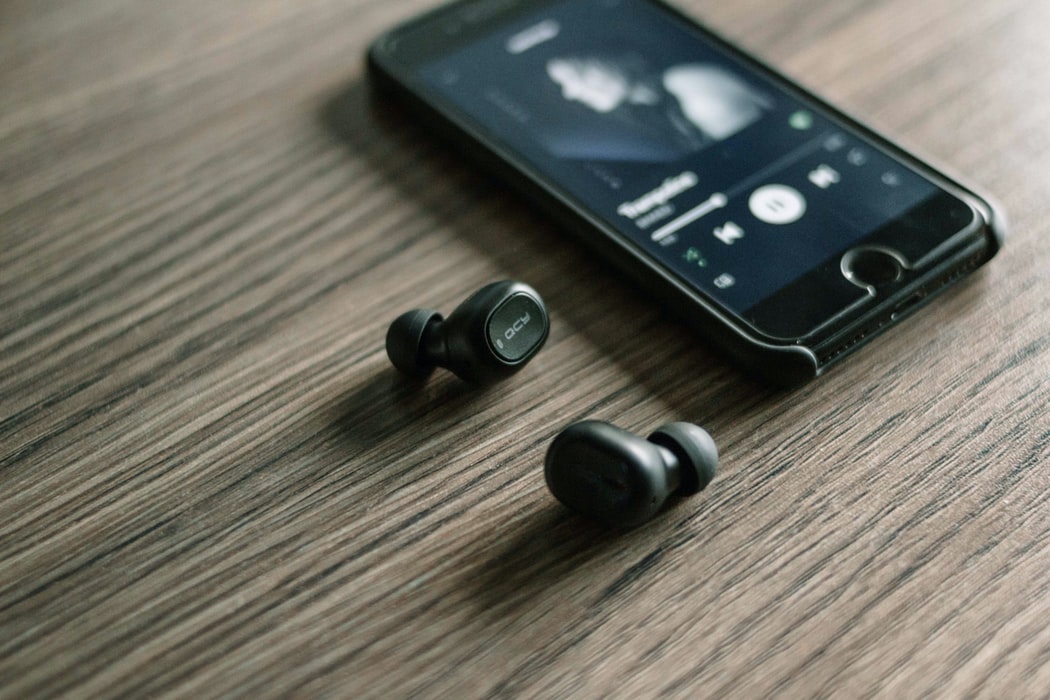

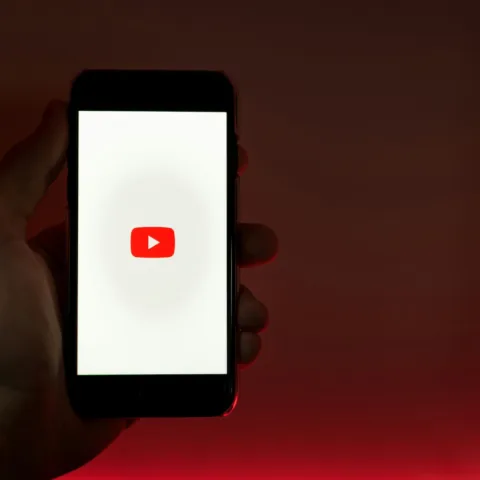
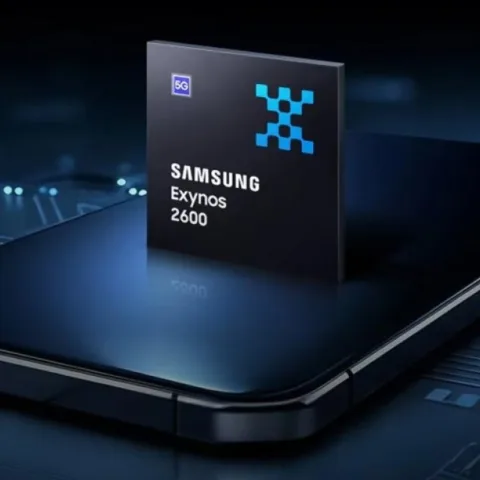
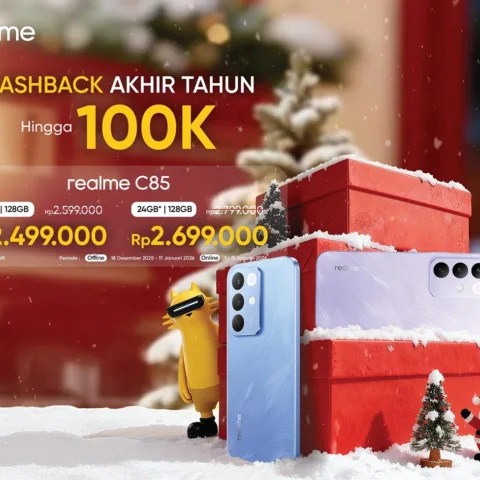

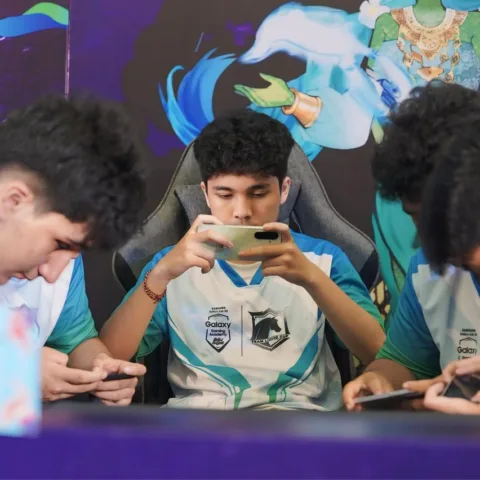

Nice article, Mas Ario. It’s interesting to see that desipite all the problems and, in my opinion, there’s not that many success stories in monetizing music download stores, those companies still exist right now. I think one of ther problems is, education. Despite most people’s reluctancy in spending money for digital file such as music, when the process itself is created as simple and as seamless as possible, transactions will happen. I found in many social media channels of those business, a lot of people are still asking on ‘How to download?’, ‘How much should we pay?’, etc etc, which should be like the first things you put on your site/app’s FAQ. No matter how good the system is, and how big their investment was, to communicate it in a way it get accepted by public can be seen as important, especially when Indonesian has its own communication culture and behavior, which can’t be reached by only mimicking what overseas application/stores did to their customer.
In my opinion, directly-embedded mobile application could be one of the things that can help distribute and monetize through music distribution. 🙂
this is similarly to this article: Why New Music Services Tend to Fail http://www.hypebot.com/hypebot/2012/03/why-new-music-services-tend-to-fail.html and if you trying to herding sheep to music streaming, Indonesia still having much home work to done ie. bandwidth, infrastructure, mobile domination, etc.
yes, directly-embedded mobile application is one of those ‘small things’. It seems to be a success for Esia Music Phone, but I’m not sure if other operators have managed to replicate it or not. And you’re right, we need to find a solution that suits Indonesia, and not just try out what works elsewhere. Thanks for reading 🙂
my point is always this: there’s no ‘next big thing’. streaming services have potential, but to a limited extent. mobile still has huge potential but a new business model has yet to be discovered. But the big picture is what counts, and the big picture consists of many small things.